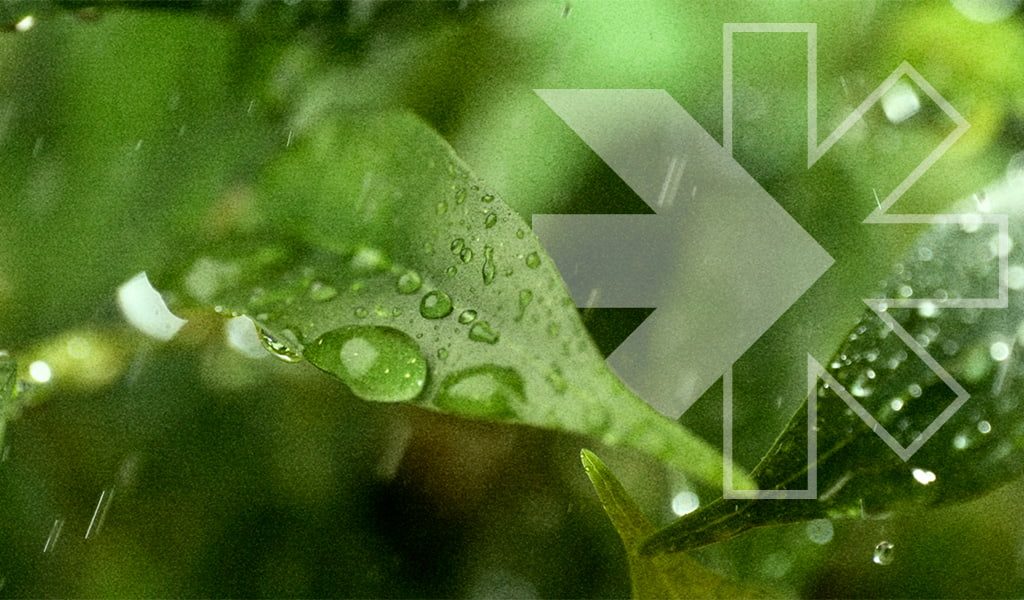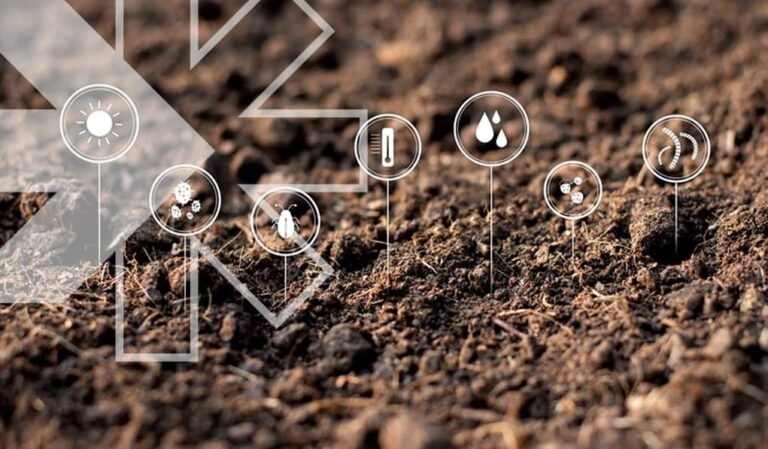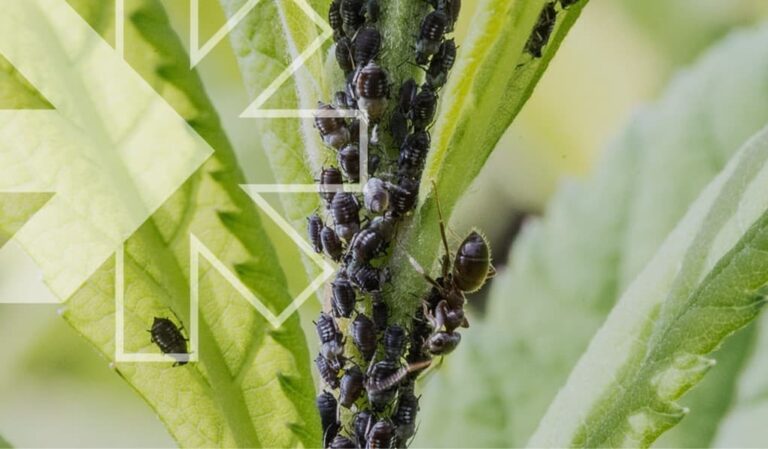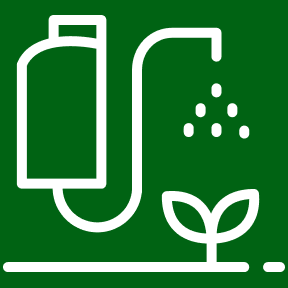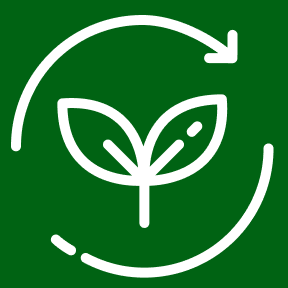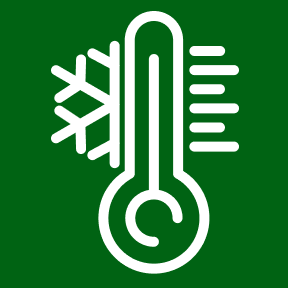Did you know that on a daily basis agriculture accounts for approximately 70% of global freshwater use?1. Thus, to achieve a sustainable and efficient agriculture, it will be every more essential to understand and manage the crops’ water requirements to maximise water use efficiency across the crop cycle. For example, having optimal water soakage from rainfall, or ensuring correct irrigation, both in terms of quantity and timing, is necessary to minimise electricity and water rights costs to the grower, while maximising yield quality and profitability. Optimising water use also improves the sustainability profile of food production.
However, this is not the full story, while irrigation technology and associated management tools are increasing in availability and sophistication, simply monitoring soil water dynamics is not enough to optimise yield, the crop as a whole needs to be managed from a holistic viewpoint taking into account both above and below the ground and also a viewpoint across the entire cycle.
This is where Biostimulants and soil conditioners have a key role to play building on the technological agronomic management of soil water to ensure efficient use of this precious input down to the last drop.
Key Rovensa Next products that contribute to water use efficiency in the crop.
When looking to simply to maximise the value capture of rainfall events in unirrigated crops, or to augment the capital investments made in irrigation and soil moisture monitoring equipment under irrigated crops Rovensa Next has a suite of innovative solutions that can be used individually but more ideally used in various combinations, to help extract the value of soil water down to the last drop with a focus on enhancing the profitability of growers, while also allowing for increased agricultural sustainability.
Start with the soil – Water penetration & retention in soil
Beginning with the soil itself, enhancing the penetration and retention of water in the soil profile has obvious advantages, both under irrigation and rainfed conditions. Transformer for example is designed to increase both the infiltration and retention of water in the soil profile, as well as increasing lateral movement of water.
Under rain events and overhead irrigation this helps the water drops to overcome water repellent or slaked soil surfaces associated with cultivation and allows for better water penetration with reduced water losses due to overland flow. This has the added benefit of reducing associated nutrient runoff into waterways, reducing waterway pollution especially due to N and P accumulations. At the same time under drip irrigation the improvement in lateral water movement Transformer brings enhances the size of the wet bulb giving a better “wetting” volume of the soil profile. Under all conditions, more water is retained in the micro pore space allowing for a greater reserve of water to be held in the soil for later absorption by roots.
Benefits of use:
- Increases penetration of water into soil overcoming difficult surface conditions
- Increases retention of water in the soil profile reducing downward water losses
- Enhances profitability for both rainfed and irrigated cropping systems
More roots – more water capture
Logically, having more water penetrate and be held in soil is of no benefit to the crop if this water cannot enter the plant. For water absorption roots are essential, and in particular fine roots or root hairs. In fact, a nice big strong root is of little benefit in terms of actual water absorption with its principal purpose being to anchor the crop in winds and facilitate the transport of water and nutrients to the stems.
Water enters the roots at the tips of fine roots and via root hairs and products such as Humistar WG are designed to increase the total number, and biomass, of fine roots and root hairs – this increases the water absorption capacity of the crop.
As a secondary benefit Humistar WG also help to improve soil aggregation resulting in enhanced pore space allowing more sites for water to be stored. The effect of combined applications of Humistar and Transformer is highly synergistic. Where applications are split, such as in fertigations preference applications of Transformer before Humistar. Transformer will increase the wettability of the soil profile allowing the Humistar to better spread and exploit the root promoting effect of the Humic and Fulvic Acids more efficiently. Where applying by boom spray, both products can be mixed to minimise number of spray passes and reduce costs.
Benefits of use:
- Increases fine root and root hair numbers and biomass
- Increases soil aggregation, improving soil structure and pore space
- Highly synergistic with Transformer
Optimise crop transpiration – Nutritional approach
Now that soil water dynamics are optimised by Transformer, and that there is a root system with many fine root tips and root hairs to absorb this water due to Humistar the movement of water up into the stems of the crop needs to be optimised, and this happens via transpiration
Transpiration is the process where water is absorbed by plant roots, moves up through the plant via the xylem, and evaporates from the leaf surfaces, primarily through stomata. This water movement also helps transport essential nutrients such as Calcium, helps the plant regulate its leaf temperature, and maintains water flow essential for photosynthesis and yield potential accumulation.
Within the transpiration process, Potassium plays a crucial role. Potassium controls the opening and closing of the leaf stomata through which the water evaporates and thus it is the nutrient that has most effect on transpiration.
Given the importance of Potassium in transpiration, as well as many other aspects of crop growth, Rovensa Next has various foliar options. Take Amifol K or Final K as examples which are absorbed even at low relative humidity and have low scorch risk. A recent addition to the arsenal of tools is Armonika which has a higher K to P ratio than previous products to account for the changing climate that have warmer and drier springs. Not forgetting our commitment to organic agriculture Final eKo is certified CE for use in organic agriculture by Ecocert.
Benefits of use:
- Formulated to optimise penetration and uptake during foliar applications
- Liquid and solid formats available
- Organic Potassium options available
Optimise crop transpiration – under abiotic stress conditions
Previously the above agronomic management solutions used in combination could have been viewed as “ideal”, however times have changed and climate breakdown is increasing the frequency of Abiotic Stress across the crop cycle.
Abiotic Stress such as heat / drought, flooding / hypoxia, and salinity / sodicity all can disrupt the water dynamics in the crop, in particular by disrupting the optimal functioning of the stomata and leading to inefficient transpiration.
This is where biostimulants such as Phylgreen are being incorporated by top agronomists, and growers, into their management programs. Applied before the onset of abiotic stresses such as a drought or heatwave the powerful Primactive Effect, that results from our proprietary Gentle Extraction process of freshly harvested Ascophyllum nodosum helps plants to maintain optimum control over their stomata allowing them to optimise transpiration and water use dynamics in the crop and thus helping to preserve yield and quality.
Benefits of use:
- Primactive Effect that prepares plants to overcome abiotic stresses
- Helps plants maintain water use efficiency during abiotic stress events
- High tankmix compatibility for ease of application
And if you do not have time to apply Phylgreen before the stress occurs all is not lost, Rovensa Next also brings solutions to use during and after stress that exploit the Curactive Effect.
For example Vegenergy and Delfan Plus can be applied during or after abiotic stress events, and help crops to recover their metabolic, and water movement and use systems. The components within can also act as osmoprotectants helping cell maintain hydration and turgor during abiotic stress events, as well as supplying energy, and being involved, in the processes that control the opening and closing of the stomata all of which ensures the crop uses available water to maximum effect.
Benefits of use:
- Curactive Effect abiotic stress reliever for use during or after abiotic stress
- Some components act as osmoprotectants helping cells to stay hydrated
- Helps plants to optimise internal water use and regulation especially during stress
Rovensa Next – the partner for your crop
Standing by your side, with you in the crop, Rovensa Next seeks to bring innovative yet practical solutions to enhance the water use efficiency in your crop. By harnessing our global experience in solutions for soil, biostimulants and advanced crop nutrients, we aim to help optimise profitability while caring for the environment. Maximising the potential of every drop of water down to the last drop underscores our joint commitment to a greener, more sustainable and profitable future for agriculture worldwide.

